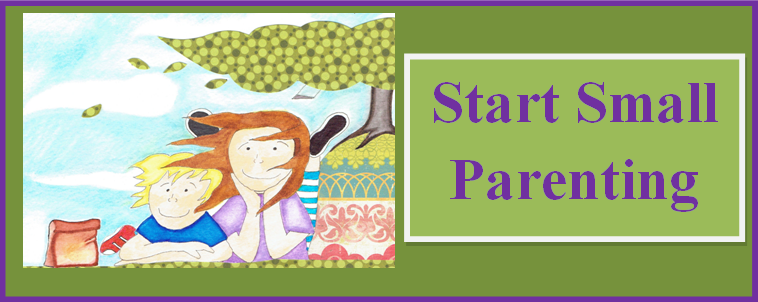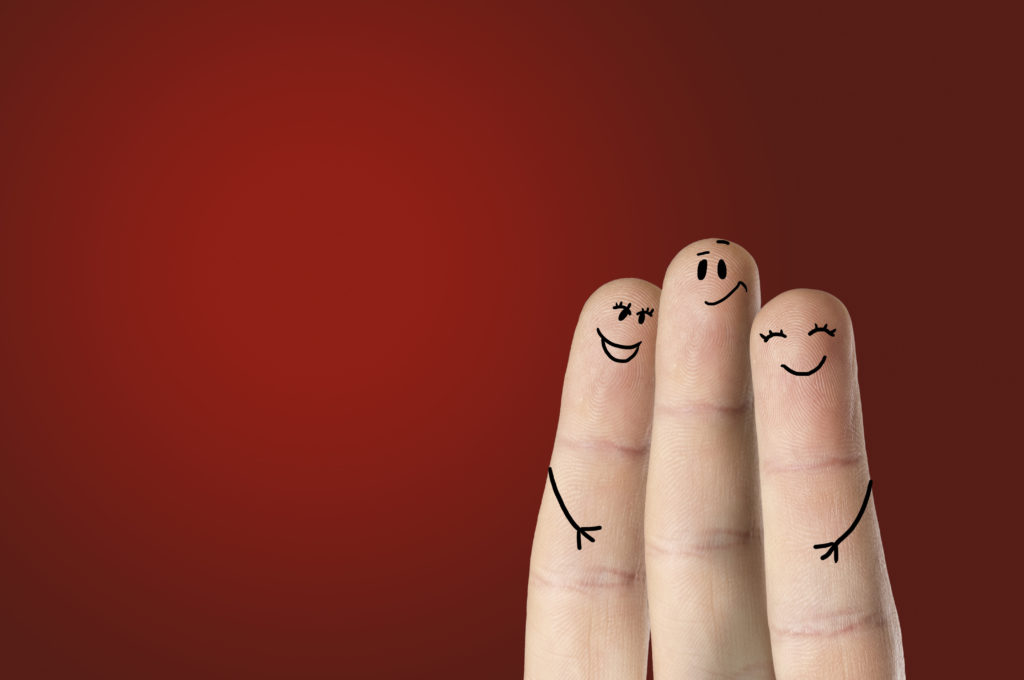Loving Touch
One of the most powerful ways to connect with your child is through touch. Hugs, holding hands, the sitting-in-lap connection, wrestling, and floor play all have benefits for parent and child.
Human touch is vital to healthy brain development. In a Psychology Today post titled “The Neuroscience of Calming a Baby,”1 Christopher Bergland writes of the role that the cerebellum plays in proprioception – which is the sense of where one’s body is in space. This important kinesthetic skill is encouraged through touch. For example, it’s important for a baby to be held, especially when crying.
In another study titled, “Bodily Pleasure Matters: Velocity of Touch Modulates Body Ownership During the Rubber Hand Illusion,”2 researchers in the UK found that loving touch increases the brain’s ability to construct a sense of body ownership and plays a big part in creating and sustaining a healthy sense of self.
Since young children are more in their bodies than they are in the world of language and words, touch and deep pressure meet them right where they are at – engaging them on a non-verbal, physical level. It is also a great way to interact and increase emotional connections.
Deep Pressure Touch
How our body feels is impacted directly by what our senses pick up from the environment. Deep pressure input is the most calming of sensory inputs. It can also help with focus. In addition to calming and focus benefits, deep touch encourages the parent/child connection through trust, touch, and sometimes silliness.
Depending on the intensity, the effects of deep pressure can last in the nervous system for up to a couple of hours, or even longer. Think of the last time you had a massage, or even an extended hug.3
Big Bear, Little Bear
In this delightful game, parents’ touch gives feedback to the child’s body through strong, appropriate pressure. The parent is Big Bear and the child is Little Bear. The parent holds the child on her lap.
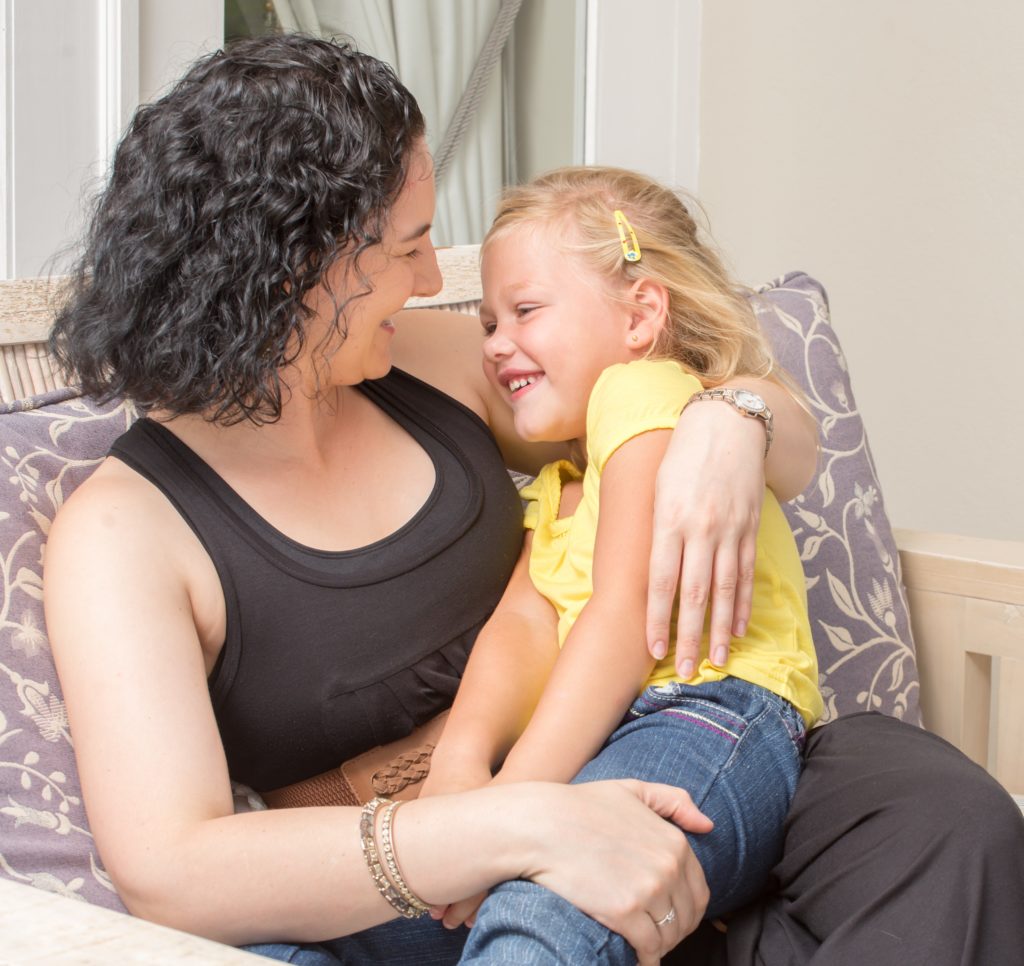
Big Bear (in exaggerated bear voice) says, “Oh, Little Bear, why can’t you sleep? I’ll help.” Big Bear scoops the child onto her lap and holds her tightly. As the parent begins to “fall asleep”, her grip loosens slightly and the child starts to climb down. The parent’s hold is tight enough for the child to struggle and get strong tactile sensation. Big Bear notices, wakes slightly, makes funny bear noises, and grabs the child more tightly. Back to gruffling and snoring for the parent as the child tries to slowly escape again without waking Big Bear. Each time, Big Bear lets Little Bear get a little further away. One time, Big Bear sleeps more soundly and the child actually hides nearby. Big Bear wakes up, sees the child is gone, and finds her using lots of silly rummanging around,. Then the game begins again.
In addition to tactile feedback, there is shared control of child and parent, increased safety for the child, body map awareness, balance/imbalance, and, of course, the benefit of play.
Here is the game in a nutshell:
1. “Can’t You Sleep, Little Bear?”
2. Little Bear (child) pretends to fall asleep
3. Little Bear wriggles
4. Big Bear (parent) increases hold
5. Little Bear wriggles farther
6. Big Bear scoops child back in
7. Little Bear wriggles away
8. Big Bear finds child – brings back to lap
8. Repeat
Benefits – child/parent shared control, body map, strong touch, safety, FUN!
Deep Pressure Resources
In addition to massage or touch games, there are resources to help parents apply deep pressure for their kids. This includes weighted blankets, vests, and weighted lap pads that even come in animal shapes.
Pea Pods (pictured) provide touch around the body while sitting. They are like an elongated bean bag that touches much of the child’s body when they sit in it.
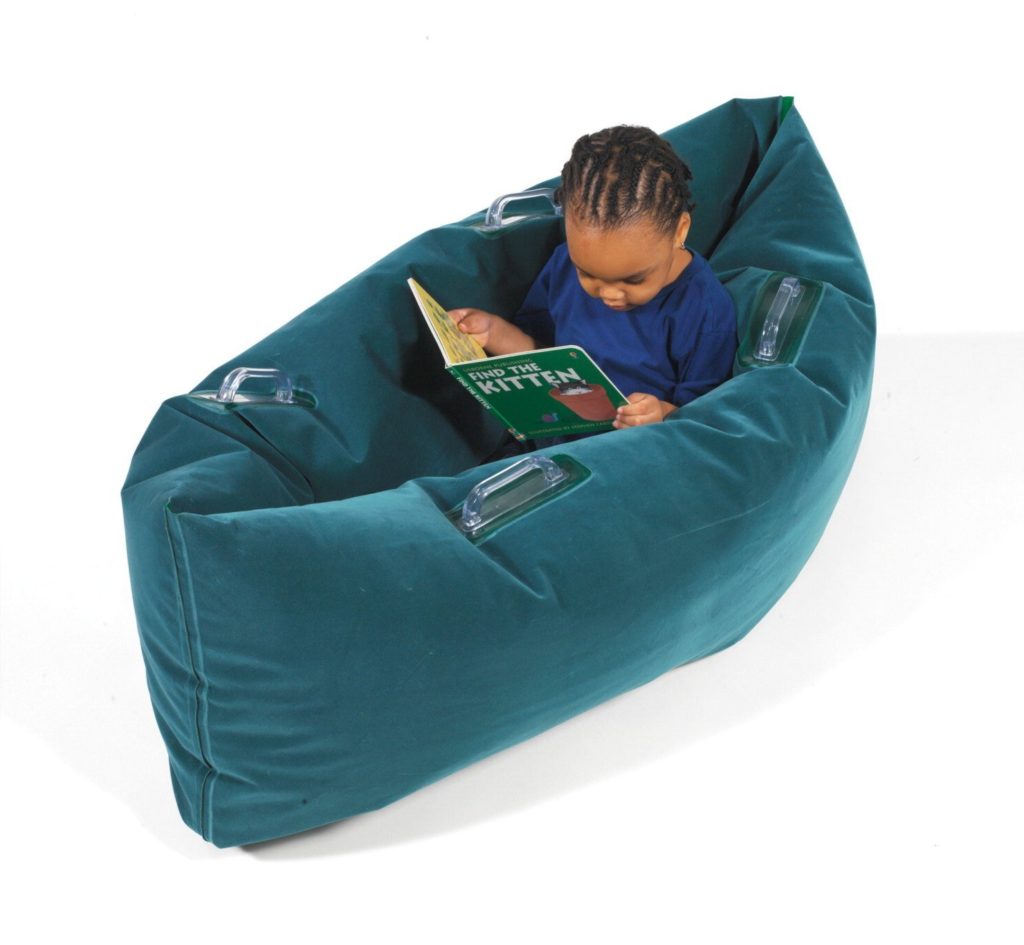
The Rollease Rolling Pin (pictured) is a foam roller which has a calming effect when rolled along the child’s body. You can play a game of “Roll Out the Cookie Dough” while increasing proprioception, calming your child, and having fun together.
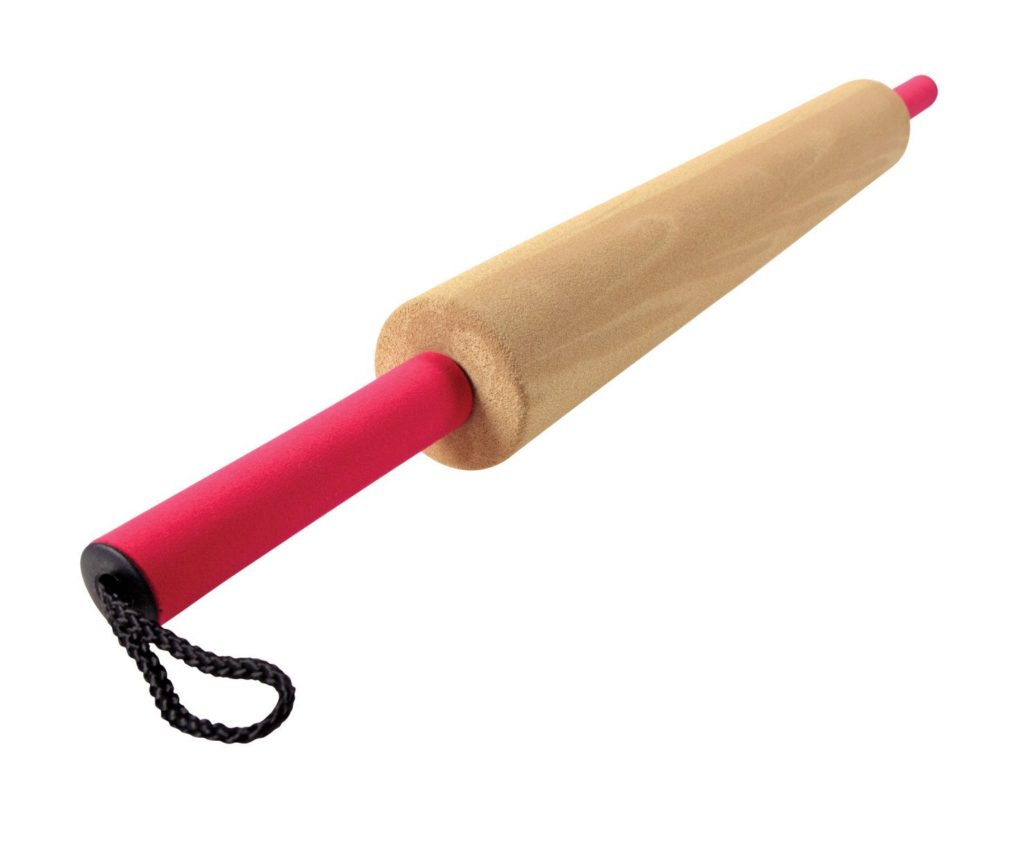
As you play games like Big Bear, Little Bear or Roll Out the Cookie Dough, enjoy the benefits of calming nervous systems’ (yours and your child’s!), increasing connection, and creating great family memories.
__________________________
1“The Neuroscience of Calming a Baby,” https://www.psychologytoday.com/blog/the-athletes-way/201304/the-neuroscience-calming-baby. Christopher Berglund, April 22, 2013
2“Bodily Pleasure Matters: Velocity of Touch Modulates Body Ownership During the Rubber Hand Illusion,” a study released on October 8, 2013 and published online in Frontiers of Psychology. The research was led by Neuropsychoanalysis Centre Director Dr. Aikaterini (Katerina) Fotopoulou from University College London, and Dr. Paul Mark Jenkinson of the Department of Psychology, University of Hertfordshire in the UK.
3“Deep Touch Pressure,” https://www.lifeskills4kids.com.au/wp-content/uploads/2014/04/Deep-Touch-Pressure-helps-kids-concentrate-and-be-calm-Oct11.pdf
